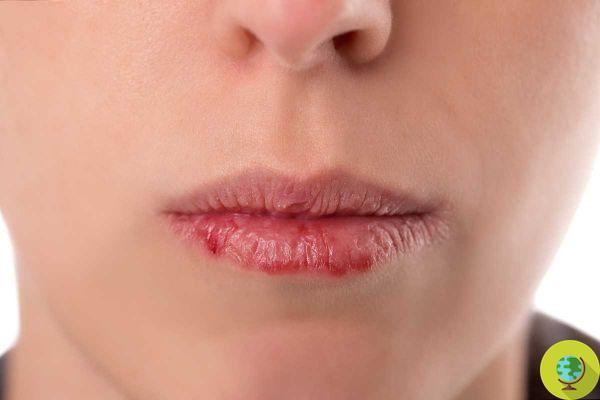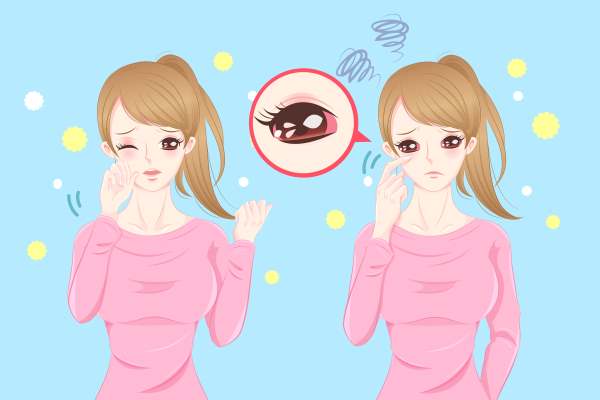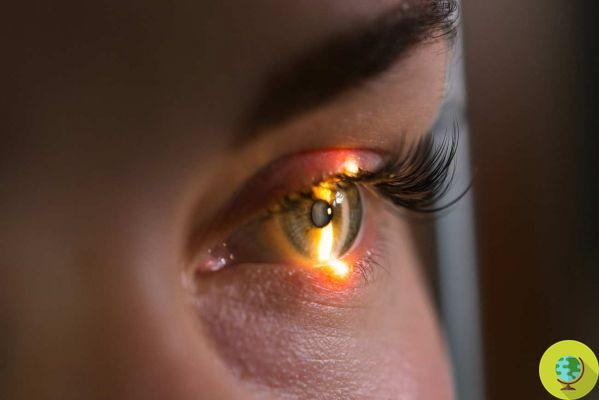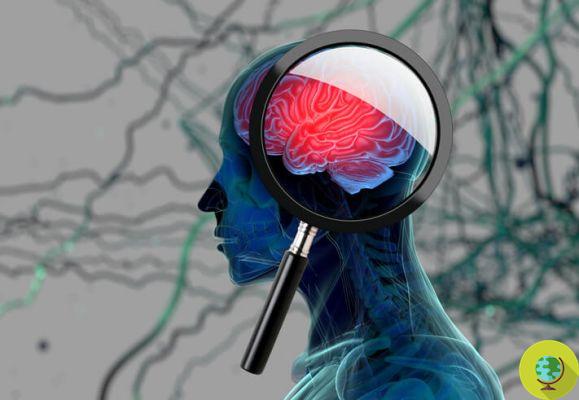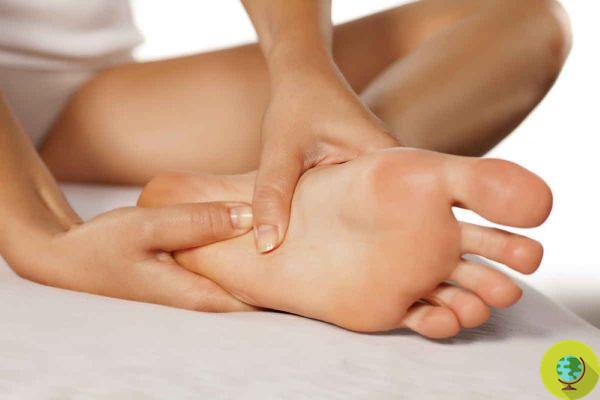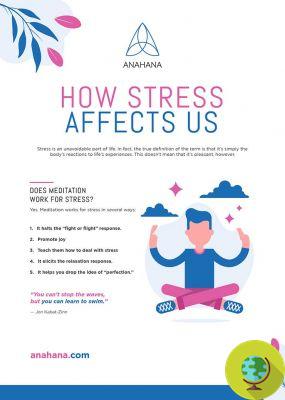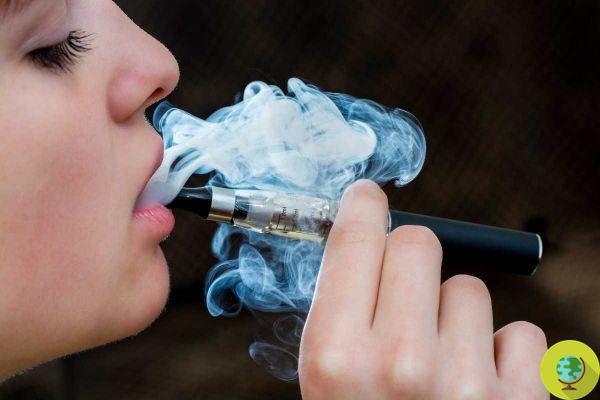Having beautiful hair is a credit especially for women. However, it can happen to see them fall profusely or thin to such an extent that you are faced with a real alopecia. But what exactly is it about? What are the causes? Let's see how to recognize it with respect to a physiology and natural hair loss
Don't store avocado like this: it's dangerous
With the term alopecia it indicates the decrease in the amount of hair in one or more areas of the head and often at the same time a worsening of stem health. This is why the hair appears more fragile and brittle and in most cases there are limited areas in which the hair is thinned or where there is no coverage at all.
Generally the most frequent forms of alopecia are the defined one androgenetic which mainly affects men in the front and upper areas of the head, alopecia areata which manifests itself in patches and the telogen effluvium in which the hair falls out but not in patches.
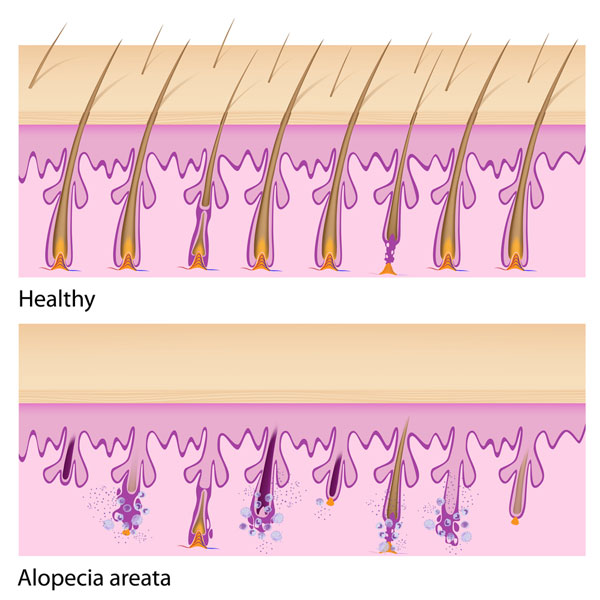
Index
Cause dell’alopecia
The causes of alopecia can be different depending on the case and overlap with each other, but often it is difficult to define with certainty. However, experts are convinced that there is alopecia of genetic and hereditary origin and another due to a lack of immunitary defense or in the presence of autoimmune diseases.
Other causes can lead to the appearance of alopecia. It is about nutritional deficiencies in particular of vitamins and mineral salts or particularly stressful periods or more traumatic events which the body is affected by venting in this way. Hormonal imbalances can also have repercussions on the health of skin and hair (in particular, the cause of alopecia would be a excess of the hormone DHT, dihydrotestosterone) as well as drug treatments and therapies such as chemotherapy.
In reality, it must be considered that the hair follicles, especially in some areas of the head, tend to lose their functionality with the passing of the years. So hair loss (to some extent) in both men and women after menopause could simply be physiological.
Read also: How Ayurveda helped this woman to cure hair loss
Alopecia: symptoms
Depending on the type of alopecia to which you are subject, the symptoms of its occurrence may be slightly different. Sometimes hair loss is very slow and difficult to notice (for example androgenetic alopecia), the problem in this case is that the hair shaft is progressively thinned and therefore only in an advanced stage does the problem begin to be noticed. with the naked eye.
In this case, the areas where the first symptoms of alopecia are noticed are the temples in which appear what are commonly called receding hairline. This is especially true in the case of men while female alopecia is evident in other areas of the head, in particular the frontal and central area shortly after the hairline.
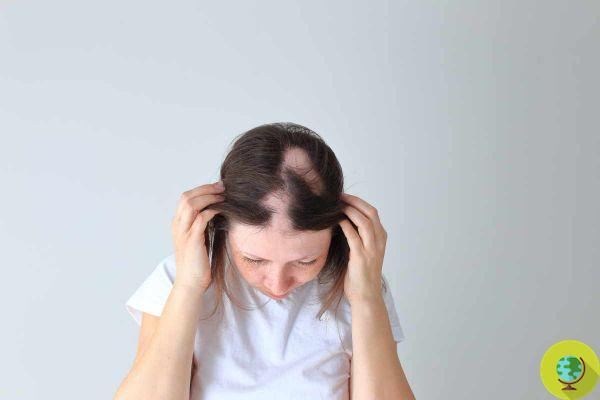
@kolobovanadin/123rf
In other types of alopecia, however, hair loss is copious and abundant right away. However, other symptoms such as itching or burning are unlikely to be highlighted, but in some cases there is one increased sebum production and flaking of the scalp.
How to recognize it
It is often believed that looking at the frequency and amount of hair falling out is enough to recognize the presence of alopecia. In reality this is not the case. In particular, androgenetic alopecia is not characterized by very abundant hair loss but rather by the fact that the stem progressively weakens and loses thickness. The alarm bell which must be noted therefore is the greater brittleness of the hair which tend to break more easily as well as the loss of brightness and difficulty in combing them due to the fact that they are very thin and brittle.
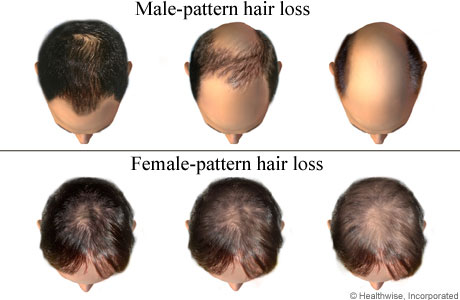
@WebMD
However, since there are alopecias of different types and levels, to reach a certain diagnosis it is necessary to consult a specialist dermatologist which will specifically assess the situation of the scalp, follicles and of course the hair. Generally, a visual clinical examination is performed but you can also use a real microscope analysis of the hair, called trichogram, thanks to which the general state of health can be better defined.
there some natural remedies which can promote hair growth, including ginger, flax seeds andolive oil.
Obviously if you suffer from alopecia not due to a particular moment of stress or vitamin deficiencies but to more complex factors, it will be difficult to deal with the problem only with natural remedies.
Follow your Telegram | Instagram | Facebook | TikTok | Youtube
Read also:
- "I'm bald and I'm beautiful": the story of Silvia, who by accepting alopecia has learned to love herself as she is
- Marie Antoinette Syndrome: Why some people's hair turns white in just one night




